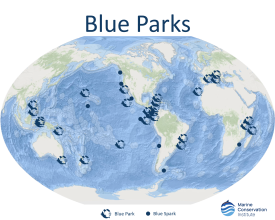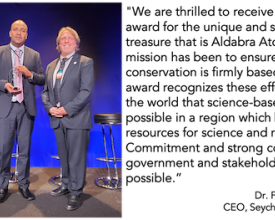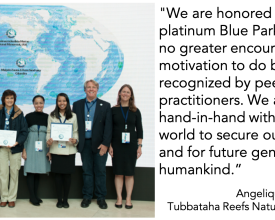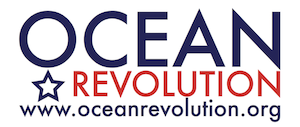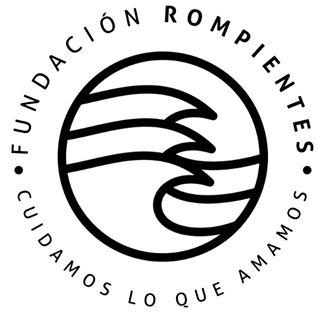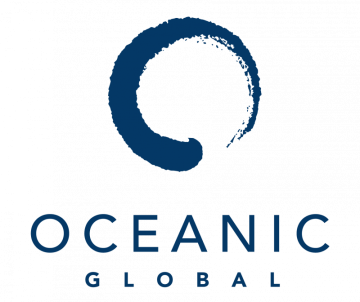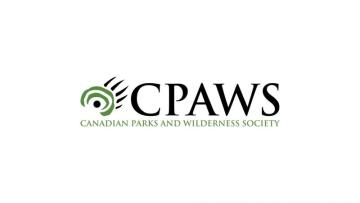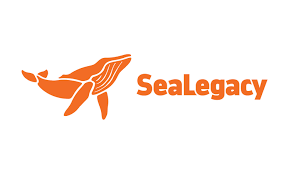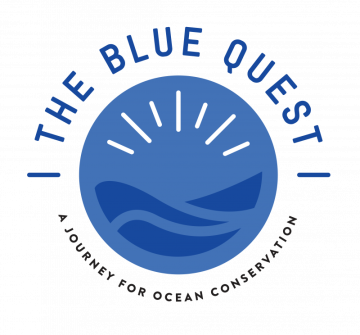
Blue Parks
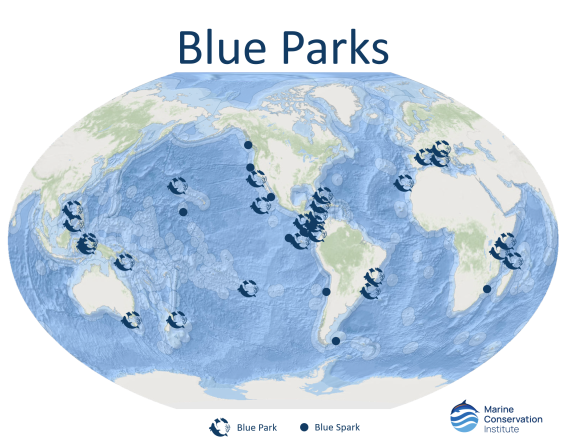
When designed well and managed effectively, marine protected areas (MPAs) are effective conservation tools that can revitalize ecosystems and build their resistance and resilience to climate impacts. However, most MPAs are not set up to succeed. The science indicates that we need to effectively protect at least 30% of global ocean in order to safeguard biodiversity, and the United Nations has adopted this target. While the coverage target is critical to success, we need to dramatically accelerate MPA quality as well.
Marine Conservation Institute launched the Blue Parks initiative to incentivize science-informed standards for MPA effectiveness. The Blue Park Award Criteria inform the MPA efforts of communities, managers, and decision-makers. The Awards accelerate high-quality MPA coverage. Our team supports progress toward the standard in our Blue Spark collaborations with local ocean advocates. Through incentive, scientific guidance, and collaboration, Blue Parks improves MPA quality globally.
Context
Challenges addressed
A healthy ocean is essential to human survival and prosperity, but human activities have put the ocean in peril. We must take immediate and effective action to restore overfished populations, recover damaged ecosystems, and safeguard marine biodiversity, for us and for future generations.
MPAs revitalize ocean ecosystems. Science indicates that we need to protect at least 30% of the ocean effectively conserved to maintain a healthy ocean, and the United Nations has followed this recommendation, committing to protect 30% of the ocean by 2030.
MPAs cover about 8% of the ocean. However, only 3% of the ocean is in MPAs with strong enough regulations to safeguard marine wildlife (MPAtlas.org). With no official criteria to hold governments accountable to creating effective MPAs, the vast majority of MPA coverage is ineffective. Blue Parks provides a measure for MPA effectiveness and incentivizes it, so that we can improve the quality of marine protection as we scale-up the quantity.
Location
Process
Summary of the process
These three building blocks are deeply connected to one another. Collaboration underpins both the scientific expertise that guides Blue Parks and the incentive that Blue Parks employs to improve MPA quality.
The Blue Parks initiative is co-created with an international collection of leading marine conservation scientists -- the Science Council. Collaboration is at the core of this body of international experts who graciously volunteer their time and expertise to ensure that Blue Parks is setting a valuable science-based standard for conservation effectiveness.
The Blue Park Award incentive, which relies on brand development, marketing and communications, and a cash prize, requires partnerships. As a small science-based NGO, Marine Conservation Institute works with aligned partners and advocates to assemble the needed financial and communications capacity to effectively grow the impact of the initiative and improve MPA quality. We remain eager to continue growing the global network of Blue Parks partners.
Building Blocks
International Scientific Expertise - The Blue Parks Science Council
The Science Council is made up of over 30 renowned marine science experts from around the world who make award decisions and help refine the criteria. Their expertise is essential to the Blue Parks initiative as they ground the initiative in good science.
Science Council members are leading experts in science related to marine protected areas -- particularly marine protected area quality -- including management, governance, design, monitoring, and compliance -- and outcomes. These experts ensure that the Blue Park criteria are up-to-date, reflecting the best available science related to MPA outcomes, and provide a meaningful global standard for effective marine protection. With their deep understanding of Blue Parks' standard, the Science Council members also judge the Blue Park nominees against it, ensuring that the Blue Park Award decisions are credible.
Enabling factors
The Blue Parks initiative depends on the credibility afforded by the roll that the Science Council plays in setting Blue Parks' standard and evaluating nominees. Science Council members volunteer their time and expertise to the initiative, generously dedicating themselves to improving global marine protection.
Lesson learned
The Blue Parks team at Marine Conservation Institute endeavors to facilitate positive and productive experiences for those who serve on the Science Council. We are careful with member's time and good will, and we look for opportunities to collaborate in related research or other projects.
Facilitating consensus-based decision-making among members in diverse time zones is a challenge -- one that we are always working to overcome. We rely heavily on email, Zoom calls, and sometimes recorded videos to communicate about Blue Park Award decisions. We have found that careful documentation is important. It is also helpful to be able to connect in person periodically.
Resources
Incentive to improve MPA quality
At the heart of Blue Parks is an incentive to improve MPA quality. Governments receive international attention for announcing big new MPA designations; they also need positive feedback for making good on those promises and implementing MPAs well. Being incentive-based, the initiative is focused on success stories of marine conservation and inspires governments, MPA managers, communities, and NGO partners to consider the possibility of excellence and the recognition that comes with excellence.
Enabling factors
To be successful as an incentive to improve MPA quality, the Blue Park Awards must be well-known and desireable. Governments, MPA managers, community leaders, and NGO partners must want the award. To build this incentive, we offer a cash prize alongside the award, we make the award announcements at high-profile international meetings so that high-level government officials and compelling community leaders may participate in accepting the award, and we amplify the award announcement through press releases and online media outlets.
Lesson learned
We have learned two important lessons -- the first is that conservation successes receive too little fanfare -- MPA managers, in particular, are so grateful for Blue Parks' recognition of their hard work. The second is that a small science-based organization is not well-positioned with the capacity for "brand building" -- we have relied heavily on partnerships to market Blue Parks (one of the other key building blocks of Blue Parks).
Collaboration
Blue Parks relies heavily on collaborations with other conservation NGOs, communications and marketing professionals, government leaders, MPA managers, scientists, and local ocean champions. Growing the network of Blue Parks and amplifying the Blue Park standard for conservation effectiveness requires many partners.
Enabling factors
Blue Parks has benefitted from the contributions of many partners. These collaborations have been made possible by a growing awareness that MPA coverage alone is not sufficient to safeguard biodiversity -- that we need to fully implement high quality MPAs in order to see conservation outcomes, and most MPAs are not yet well implemented.
These collaborations have also grown out of Marine Conservation Institute's long-standing history as a trusted partner among marine scientists, conservation organizations, and governments.
Lesson learned
Nurturing collaborations across multiple sectors (government, NGO, academia) requires clear communication. We have found that regular, though not too frequent, outreach and communication with these partners keeps the collaborations active, and that these communications are most effective when they are designed for the audience, so we often send separate communications to partners in different sectors.
Impacts
Blue Parks is building a global network to improve marine conservation outcomes. As of 2023, there are 27 awarded Blue Parks in 22 countries covering 2,744,687 km2 of ocean. The Award garners local support and pride, funding leverage, and opportunities to boost eco-tourism. Blue Park Awards are heralded in national and regional news outlets, and twice, sitting presidents have Tweeted about the Blue Park Awards earned by their countries’ MPAs.
Ten Blue Sparks collaborations approaching the Blue Park standard represent 4 additional countries and another 2.7M km2 of ocean area. Blue Spark collaborators include local NGOs and scientists as well as national governments and government agencies. To achieve the protection we need, however, we need to engage more Blue Sparks. This year we are launching a small grants program for Blue Sparks to help accelerate their progress.
The initiative supports communities and improves lives around the globe by incentivizing and guiding efforts that revitalize ocean ecosystems and recover the benefits they provide, including food security, climate change mitigation, non-extractive economic potential, and inspiration. As of 2023, Blue Parks are producing these benefits in 22 countries around the globe across 6 of 7 ocean basins.
Beneficiaries
Blue Parks benefits the global community by accelerating successful marine conservation. Ocean degredation harms disadvantaged coastal communities most intensely. Effective MPAs provide food security and climate change mitigation to coastal communities.
Sustainable Development Goals
Story
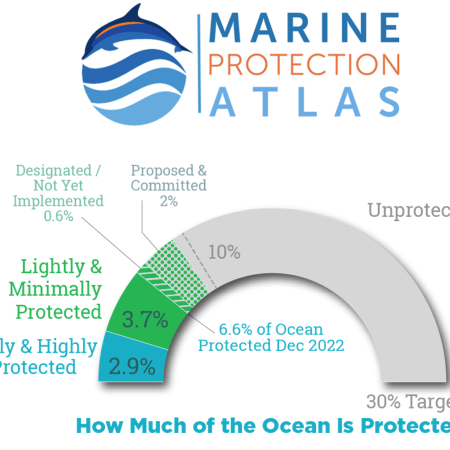
Following the science amassed over the past three decades, we knew that marine protected areas (MPAs) were the most effective way to safeguard life in the sea. Tracking MPAs through our Marine Protection Atlas (MPAtlas.org), we also knew that international MPA targets were accelerating MPA coverage, but that the vast majority were not set up for success – a massive quality issue stood in the way of successful conservation, despite international action and increased quantity. We wrote reports and papers about this quality issue, but pointing out all the bad MPAs did not produce better ones. We needed a new strategy.
Noting that leaders appreciate the limelight and accolades of announcing new MPAs, we endeavored to create similar positive feedback for implementing effective MPAs. Blue Parks strategically aligns decision-makers’ interests with effective conservation and identifies an MPA standard that will effectively safeguard marine biodiversity and revitalize ocean ecosystems.

